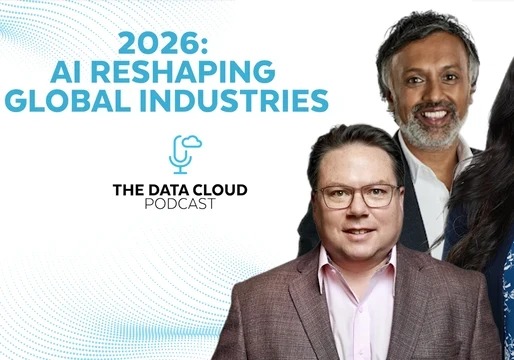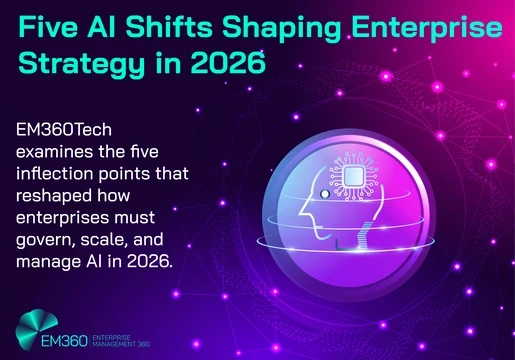Contributed by Sumair Dutta, Vice President of Product Marketing at ServiceMax

There’s an understandable nervousness among any workforce when you start talking about automation. It’s actually been 10 years since Oxford University academics Carl Benedikt Frey and Michael Osborne released their seminal paper entitled The Future of Employment that contained a list of occupations with an automation probability score. It was the paper that launched a spate of headlines claiming robots were coming for our jobs.
For field services teams, this has been a slow burn. As the paper suggests, “the manual tasks of service occupations are less susceptible to computerisation, as they require a higher degree of flexibility and physical adaptability.” And yet, the workforce is under pressure, not so much from automation but from the fact that it is ageing. To compound the problem, not enough millennials and Gen Zers are seeing the profession as an attractive career option.
According to research, almost three quarters of companies (73%) identify an ageing workforce as a potential threat to their field service operations. Meanwhile, over two thirds (67%) of companies feel that technology plays a key role to play in attracting new talent to a field service organisation. The challenge is which technologies and to what extent an organisation commits?
What is becoming increasingly clear is that AI and automation are going to play a significant role in field service operations. Generative AI is going to be at the heart of this. ChatGPT, a product of US-based not-for-profit organisation OpenAI, believes it has the ability “to limit the impact of a shrinking and ageing field service workforce in several ways.”
Field service has a major workforce recruitment and retention problem. The majority of the workforce is nearing retirement which means that we are losing their expertise, their knowledge and their ability to complete work. It also leaves a void that is not being filled by new entrants who are not as interested in the type of work being done in field service. This is where the capabilities of ChatGPT can be transformational.
It can help organizations capture and organize the unstructured knowledge and experience of the experienced workforce and make it accessible in a format that is desirable for the next generation of workers. As opposed to viewing paper manuals, calling a friend, and completing countless forms to close out a service job, consider an experience where an engineer has access to relevant and contextual information via a query, with work instructions overlayed visually via Augmented Reality, and work summarized and documented via generative AI.
While it might seem futuristic, it’s the type of vision for field service that organizations must have to create a marketable product for the next generation workforce. These potential entrants are digitally native, they’ve grown up on the tools of today and are constantly tinkering with the likes of ChatGPT.
Organizations must be able to provide these technologically savant workers with the tools, information, and working models that they are already familiar with to make the profession of field service more relevant. If organizations can provide them with a way to engage with the experience and knowledge of former generations to become more proficient in the craft, open up new opportunities for learning and growth, and create working opportunities that could be remote-first or data-focused, then it changes the profile of what a career in field service looks like.
The point is that automation can enable field engineers to do their jobs more efficiently and effectively. By automating mundane tasks and improving asset intelligence, field service teams can optimise work schedules, parts ordering and parts delivery times. This reduces unnecessary truck rolls and improves customer satisfaction through more accurate and efficient maintenance work. Collaboration between support teams and engineers on a common platform and using real-time asset data, also helps to identify opportunities for new contracts or device upgrades.
There are, of course, some things technology cannot replace, such as engineer experience, but this is about how to use technology to manage skills gaps, attract new engineers and even unretire some of the older ones. The technology is there to make the job easier and more effective. Regardless of age, that has to be a good thing.







Comments ( 0 )